Encoding, printing and converting RFID tags
Customization
The best RFID label for you
EasyRFID offer a wide selection of RFID labels, realized with any type of antennas and a great number of materials and adhesives to choose from. Customization consists of packaging, printing and encoding of RFID tags: EasyRFID provides encoding and printing services of highly customized RFID labels. Tag encoding is fundamental and can be done based on the management needs of the costumer, whereas the printing could be of fixed and/or variable data, such as the printing of the ID code of the tag.
Our Smart Labels guarantee a high degree of flexibility and customization in every aspect: available frequencies, chips, formats, sizes, materials, prints and encodings.
If you are not sure of what product you need, contact us: we are specialized in designing custom RFID labels to meet any need!
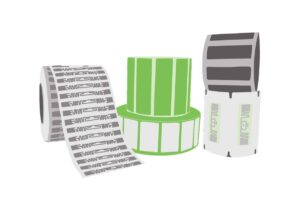
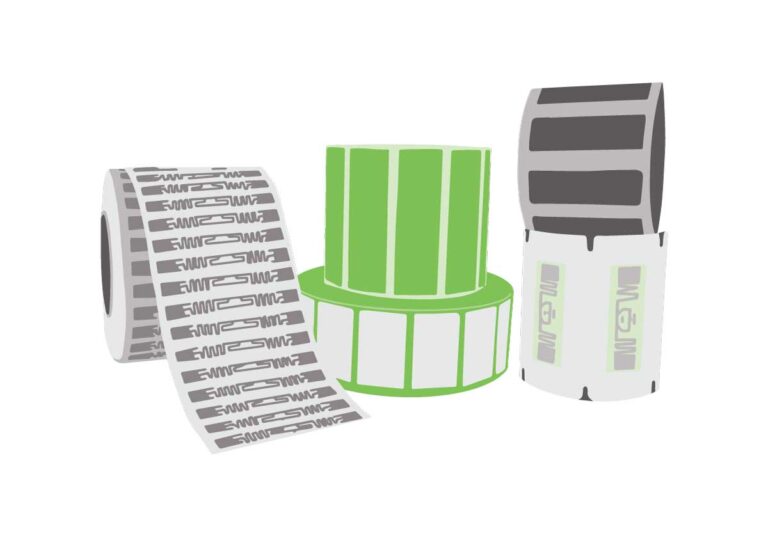


Encoding
RFID tags can retain information, which is encoded in its microchip.
A tag chip memory is divided in many slots, the main ones are:
- Reserved memory : this memory contains the passwords relating to particular functions such as kill or access.
- EPC Memory : rewritable memory which is used as an identifier in most use cases.
- TID Memory : Contains the unique code entered by the manufacturer which cannot be changed.
- User Memory : editable memory in cases EPC is not sufficient.
How can a RFID tag be encoded?
Encoding of RFID tags allow to save different codes in the tag memory; the code type is chosen based on the use. The possible encodings are:
Random numeric sequence
In many applications, it is sufficient to use a random number sequence, such as the unique ID of the tags (TID).
The tag code does not provide any specific information about the object it is associated to; it is the management software that retreives the information about the object associated to the read code.
Custom numeric sequence or explicit code
The code can be directly associated to the item, in order to reduce the complexity of the system.
The usefulness of an explicit code is that it can be interpreted offline too; furthermore, when the code is printed on the label (text or 1D/2D code), it is possible to retreive item information just by reading it.
Informazioni dettagliate
Large memory RFID tags can hold more than 64000 bits: this memory slot can be used for retaining lots of data, which could be useful especially when it is not possible to access the wifi network or data traffic coverage.
This application is typical of HF/NFC frequencies; this tags are widely used for customer care.
Printing
EasyRFID provides the printing service for RFID labels; fixed or variable data can be printed onto them. Here are some types of information that can be printed:
- Barcode, QR codes and Datamatrix : tags and their encoding are often combined with the 1D/2D code printed on their surface. This is very useful in case the tag needs to be verified or is not working properly.
- Text : any text can be printed on the label such as the name of the product on which it must be affixed.
- Logo : the logo of the company can also be printed on the tag for personalization.
- Images : vector images can be printed.
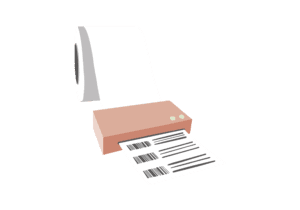
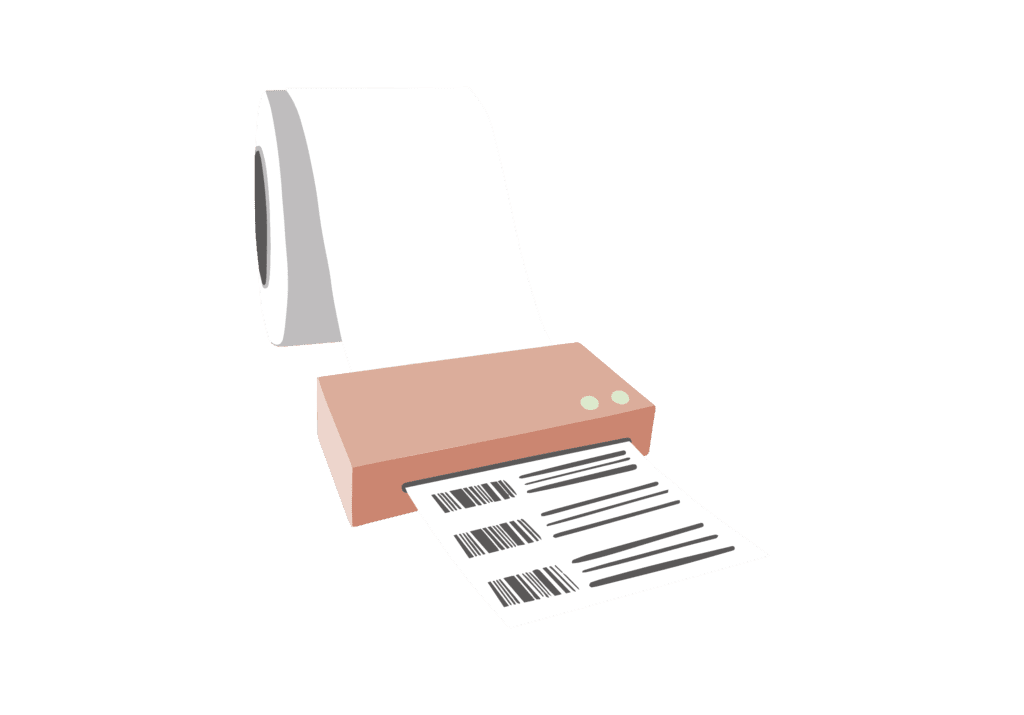
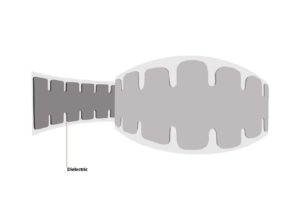
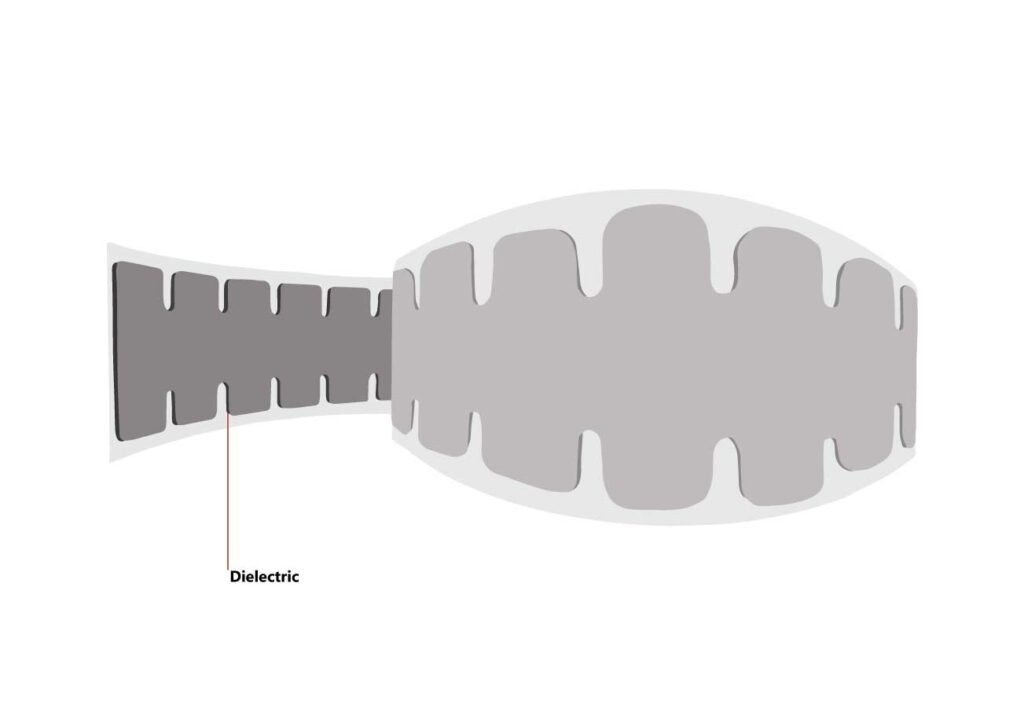
Materials
Over the years we have tested and produced labels with different materials: paper, plastic, fabric, PVC, rubber, cork etc. In fact, some specific use cases need additional support or special materials. Here are a few:
- On-metal tags: richiede un tag apposito e un’opportuno substrato in grado di isolare il chip dal materiale schermante sul quale è apposto.
- Tags for running: they require a special support that distances the chip from the body and improve the antenna reading efficiency.
- Environment-friendly tags : using paper as a support for the antenna, instead of plastic, it is possible to create a more ecological tag.
- Fashion : labels can be manufactured with peculiar substrates of trendy color and material such as black or cork.
- Flexible IP68 tags : suitable for outdoor applications, IP68 flexible tags are even more versatile than PVC hardtags.
Format
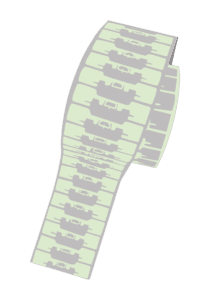

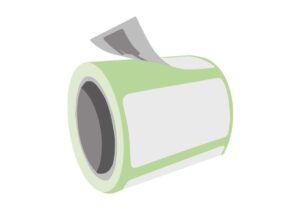
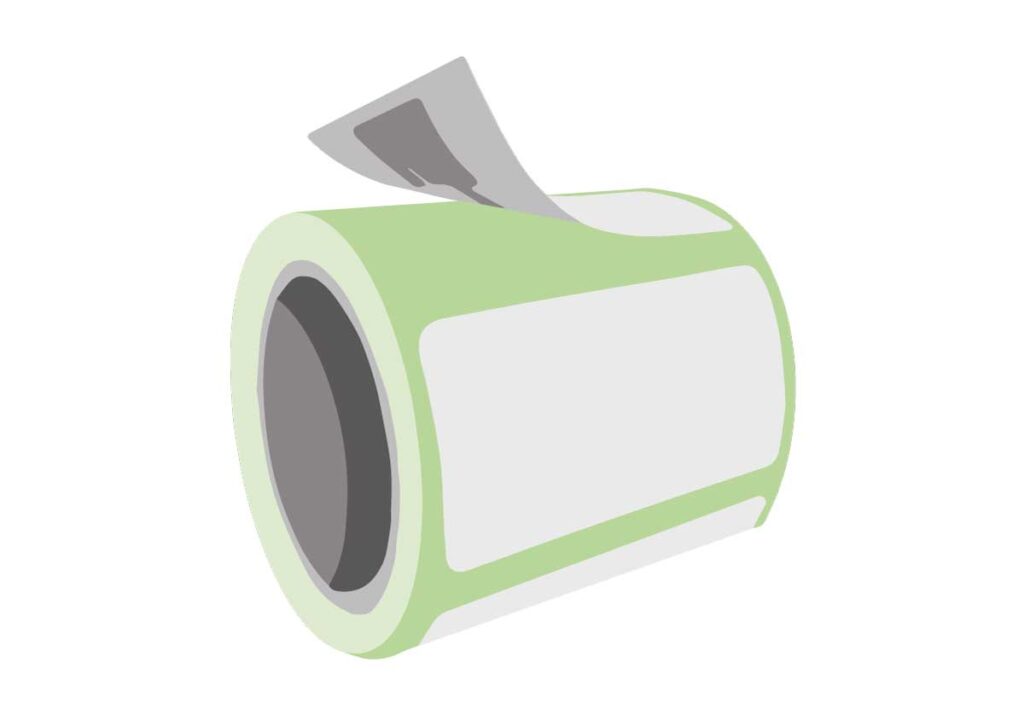
RFID tags in pre-cut labels
Tags can be placed onto (application) or underneath (inserting) pre-cut labels in any position or orientation making smart any type of label.
Application
RFID tags can be applied on already die-cut labels, in a specific orientation and position. In some of the applications the tag must be visible, both to show the level of technological integration and as a deterrent.
Inserting
We can place tags underneath self-adhesive die-cut labels, even those already printed by third parties. Position and orientation of the tags can be customized.
Do you want to upgrade your labels?

